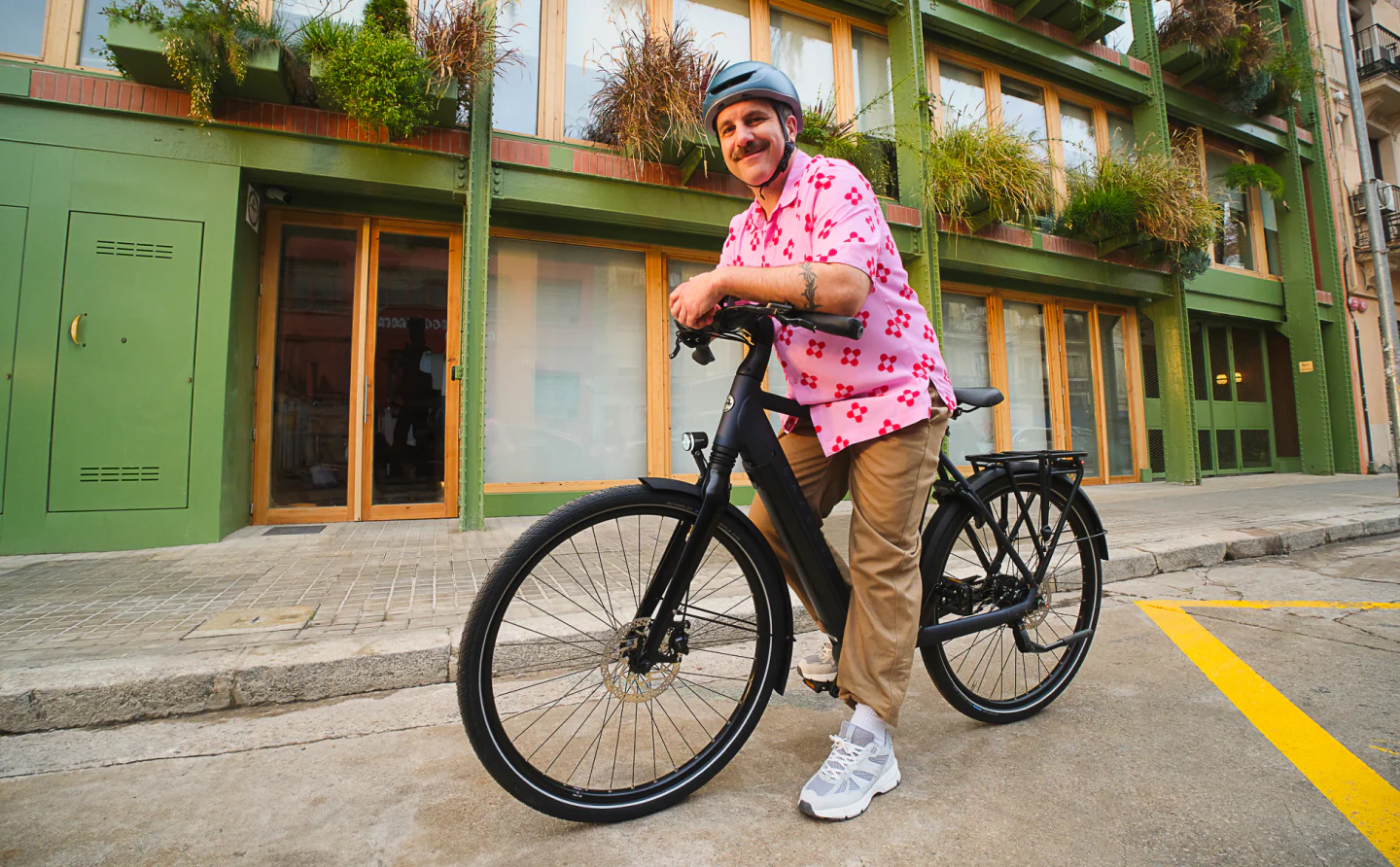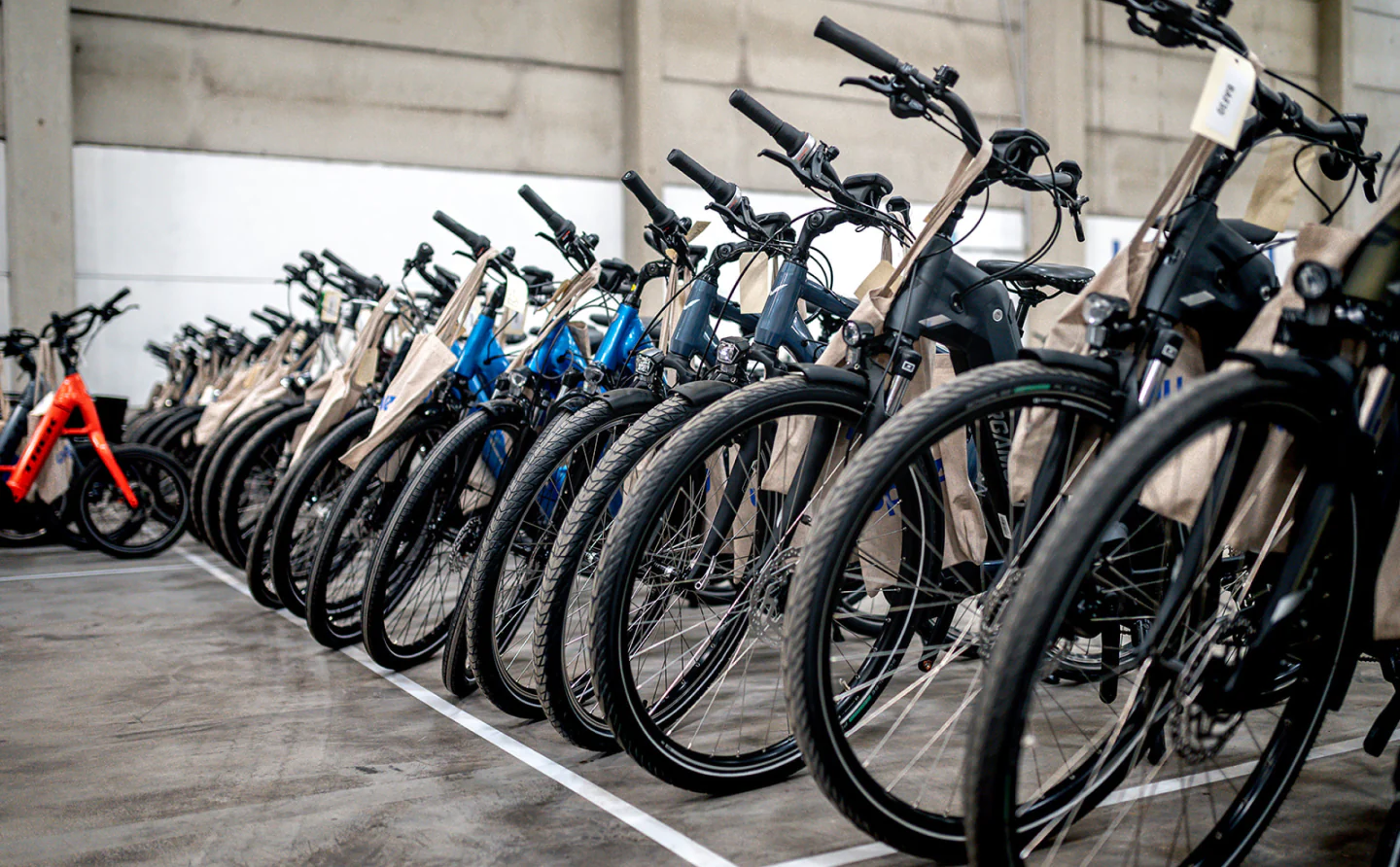A floating farm prototype is showing promise as a solution to potential food and water shortages.
As detailed by Anthropocene, researchers at the University of South Australia developed a two-tier system that has successfully grown lettuce, broccoli, and bok choy using seawater converted into freshwater without human intervention.
The experiments, the results of which were published in the Chemical Engineering Journal, found that more than 80% of the crops planted began to sprout.
Excitingly, the farm also produced an excess of freshwater, which is expected to be in shorter supply by 2050 as the planet warms and our population grows. According to National Geographic, just 1.2% of freshwater on Earth is currently available for drinking.
"The ocean's bountiful water supply is a clear solution to this, if it can be tapped," Emma Bryce explained in her writeup for Anthropocene, noting that nearly 2.4 billion people could have problems accessing water by 2050.
The researchers' prototype runs entirely on solar power, a type of clean energy, and that is one of the keys to its success.
The heat from the sun enables a seawater-absorbent material to capture the ocean salt through a process called "interfacial solar evaporation," while the steam that is released by the warming is then soaked up by "belts" of bamboo paper lining the walls of a floating chamber.
Once these belts are soaked with water, they automatically transport the liquid to a higher chamber, which is also lined with the material.
"The system works much like a wicking bed that household gardeners might be familiar with," Dr. Gary Owens, who works for the university's Future Industries Institute, explained in the results made available by ScienceDaily.
The first-of-its-kind vertical design is another factor making this farm so special. Solar-powered desalination systems can be expensive and require a lot of power to run, and researchers have been on the lookout for solutions to this issue with floating farms.
TCD Picks » Upway Spotlight

However, the two-tier structure increased energy efficiency while reducing construction and maintenance costs, and it created more space for the crops by removing the need for evaporators in the growth chambers. This may ultimately result in a higher yield.
"These [in-chamber evaporator] systems are prone to overheating and crop death," University of South Australia professor Haolan Xu pointed out.
At this time, the prototype is a long way from being able to produce food and water at a meaningful volume.
The next steps include a redesign and more fundraising, with the study made available by ScienceDaily noting that waste rice straw fiber could be incorporated to lower operation costs even further. Researchers are optimistic, though, that scaling up the technology will eventually lead to the desired results.
Join our free newsletter for weekly updates on the coolest innovations improving our lives and saving our planet.














